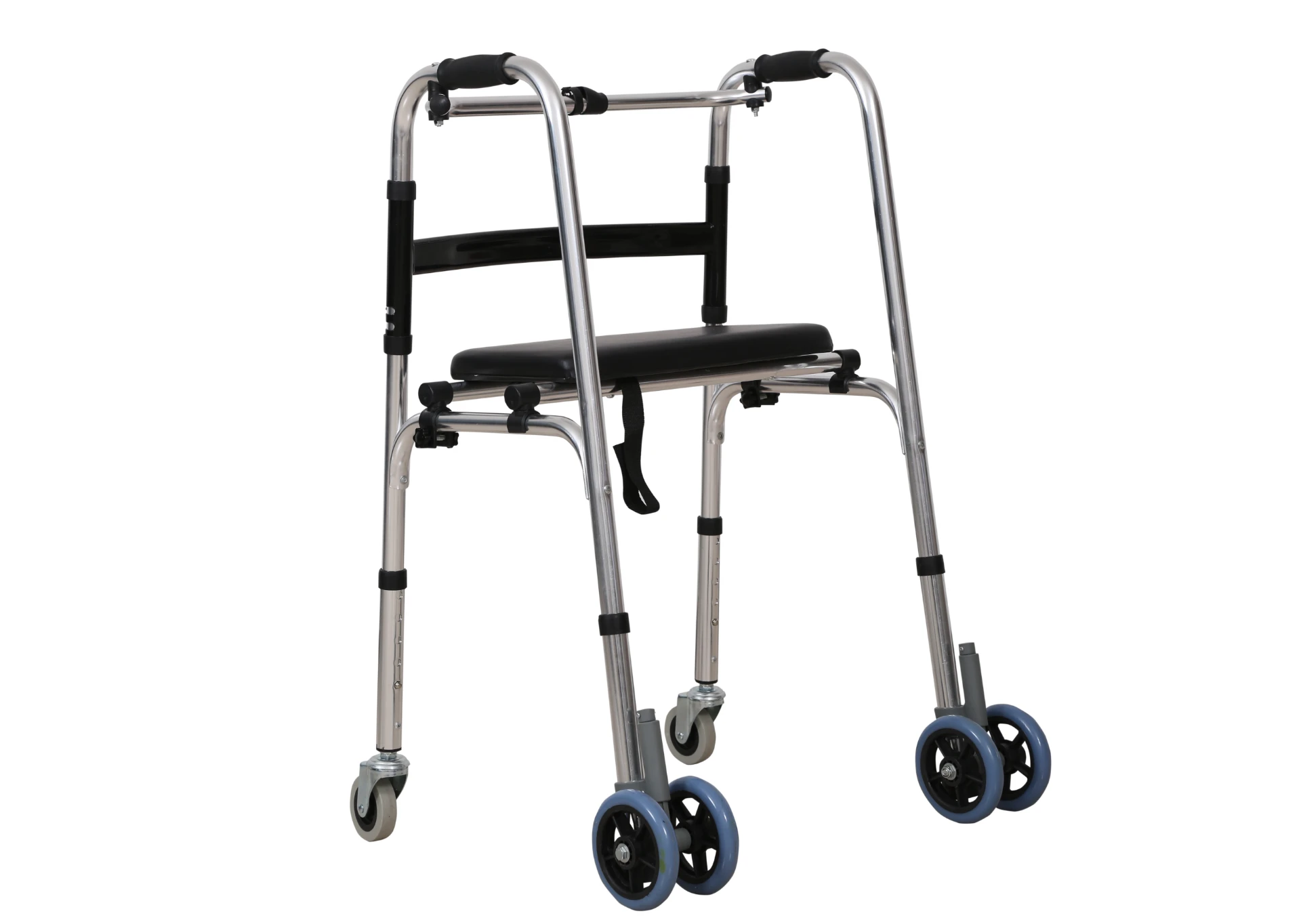Welcome to our websites!
Innovative Assistive Devices for Enhanced Mobility and Independence
The Evolution and Importance of Special Crutches
Crutches have long been a vital tool for those recovering from injuries or navigating mobility challenges. Among the various types of crutches available, special crutches have gained recognition for their innovative features and adaptations that cater to specific needs. This article explores the evolution of special crutches, their importance in rehabilitation, and the various types available for individuals with different mobility requirements.
The Evolution of Crutches
The history of crutches dates back thousands of years, with archaeological findings suggesting their existence in ancient Egyptian and Roman civilizations. Initially, these aids were nothing more than simple wooden sticks designed to provide support. Over the years, crutches evolved in design and functionality, transitioning from basic wooden structures to more advanced, ergonomically designed variations. The introduction of materials like aluminum and carbon fiber has made modern crutches lighter and more durable.
As our understanding of mobility challenges has grown, the need for specialized support systems has led to the development of special crutches
. These advanced models are designed not only for traditional users recovering from leg injuries but also for those with specific medical conditions, disabilities, or unique rehabilitation needs.Types of Special Crutches
1. Underarm Crutches The most common type, underarm crutches, also known as axillary crutches, are designed to provide temporary assistance for those recovering from lower extremity injuries. While they are effective, prolonged use can lead to discomfort and issues like nerve compression. Special designs have emerged that address these concerns, incorporating padded underarm supports and adjustable height features for added comfort.
2. Forearm Crutches Forearm crutches, or elbow crutches, are designed for users who need longer-term mobility assistance. Instead of resting under the armpit, these crutches feature a cuff that secures around the forearm, allowing for better weight distribution and reducing strain on the hands and wrists. This design is particularly beneficial for individuals with chronic conditions or disabilities that require sustained use.
special crutches

3. Standing Crutches For those who need full support while standing or have difficulty maintaining balance, standing crutches are an option. They are designed to provide stability and can be used by individuals with limited strength or coordination. These crutches can often be adjusted to accommodate various heights and physical needs.
4. Adjustable Crutches Not all users have the same height or build, which is where adjustable crutches come into play. These crutches can be modified in length, allowing for a custom fit. Some models also feature articulated joints that better mimic the natural movement of the body, promoting a more fluid walking style.
5. Pediatric Crutches Special considerations are taken for children who require crutches. Pediatric models are designed to accommodate smaller frames and often incorporate fun colors and designs, helping to make mobility aids more approachable and less intimidating for younger users.
6. Smart Crutches The future of mobility aids includes technological advancements, and smart crutches are leading the way. Equipped with sensors, these crutches can track movement, offer stability adjustments, and even connect to smartphones for real-time monitoring of mobility metrics. These high-tech crutches can revolutionize physical therapy and rehabilitation, providing valuable data to both users and healthcare professionals.
The Importance of Special Crutches in Rehabilitation
Special crutches play a crucial role in rehabilitation and recovery. They not only assist with mobility but also promote independence, allowing individuals to regain confidence as they navigate their environments. The psychological impact cannot be overlooked; using a mobility aid encourages users to engage with their surroundings, reducing feelings of isolation that often accompany mobility challenges.
Additionally, the right type of crutch can significantly influence recovery speed. Properly supporting the body while ensuring comfort can lead to a more successful rehabilitation process, helping individuals return to their regular activities sooner.
In conclusion, special crutches represent a significant advancement in mobility assistance, offering customized solutions for individuals with unique needs. As technology continues to improve and our understanding of mobility challenges deepens, the evolution of crutches will likely progress further, providing even more innovative options for those in need of support. Whether for temporary recovery or long-term use, special crutches are essential tools that enhance the quality of life for many, paving the way for independence and mobility.
-
Transforming Healthcare with Hospital FurnitureNewsJun.24,2025
-
Rehabilitation EquipmentNewsJun.24,2025
-
Mobility and Independence with WheelchairsNewsJun.24,2025
-
Freedom of Mobility with Our Rollator WalkersNewsJun.24,2025
-
Comfort and Independence with Commode ChairsNewsJun.24,2025
-
Bathing Safety and Independence with Shower ChairsNewsJun.24,2025
-
Navigating the Wholesale Landscape of Electric Mobility Solutions: Key Considerations for Power Wheelchair DealersNewsJun.10,2025











